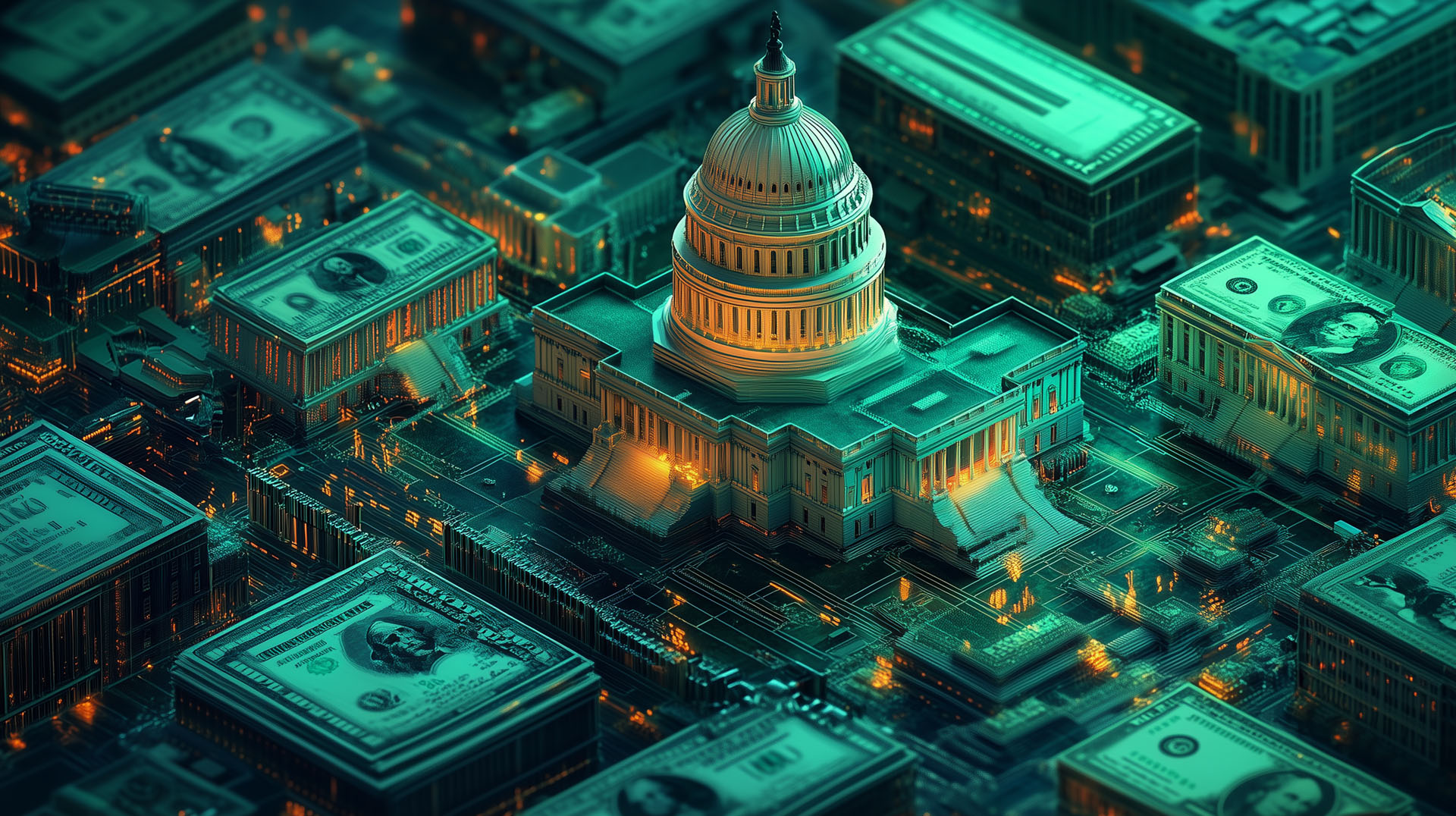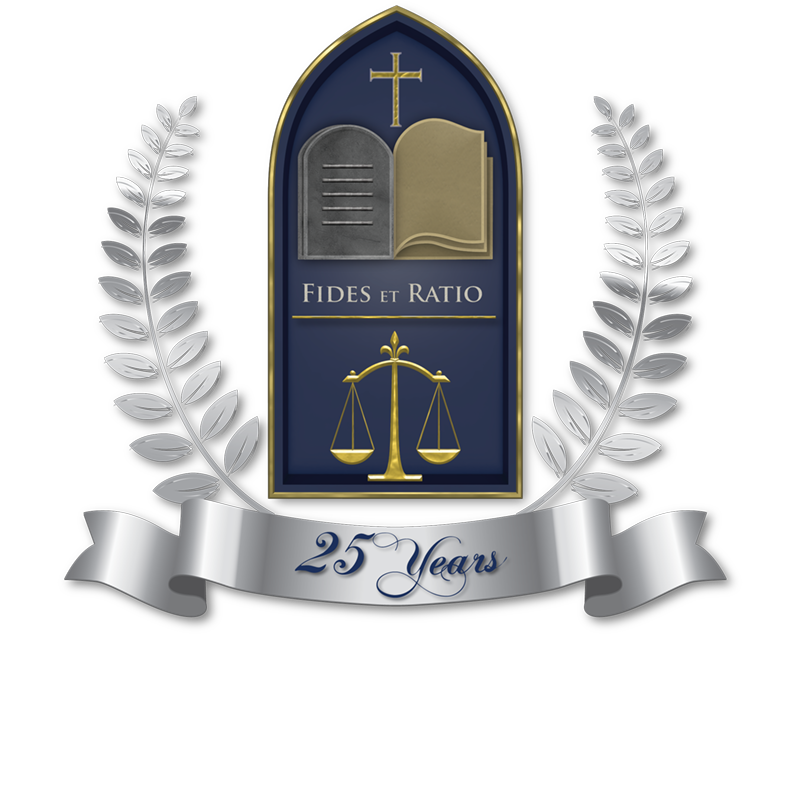Understanding the Legal Framework of Presidential Election Advertisements

By Robert Eichelberger,
Smith Business Law Fellow
J.D. Candidate, Class of 2026
As the political landscape heats up during presidential election seasons, candidates and their campaigns often rely heavily on advertisements to convey their messages, rally support, and differentiate themselves from their opponents. In the weeks leading up to election day on November 5th, it is certain that the average American who watches television will be flooded by political advertisements ranging from advertisements from both presidential candidates as well as those candidates who are aiming to target the constituents of their respective electoral district. It is estimated that the total U.S. political ad spending will surpass 12.3 billion dollars by the end of the 2024 election cycle, which is up nearly 30% from 2020.1 Given the important financial and political governance implications, federal elections are governed by a complex set of laws and regulations designed to ensure transparency and fairness. Understanding these legal frameworks is crucial for both candidates and voters alike.
Among the many regulating bodies that provide oversight to election cycle advertisements, the primary body overseeing campaign advertisements in the United States is the Federal Election Commission (FEC).2 The FEC was established by the Federal Election Campaign Act (FECA) of 1971, which was amended several times, most notably in 1974.3 The Act sets forth rules regarding campaign contributions and expenditures, including advertising.4 FECA continues to play an important role in the regulation of political advertisements in our modern election cycles by imposing disclosure requirements, funding limits, coordination rules, etc.5 For example, we are all familiar with the end of advertisements that state “Paid for by [Campaign Name]” or “Authorized by [Candidate Name].” Per FEC, all campaign advertisements must clearly disclose who paid for the ad.6 This requirement helps ensure transparency regarding the sources of campaign funding. Another example would be that The FEC imposes limits on contributions to candidates, which affects how much can be spent on advertisements.7 For instance, individuals can only contribute a certain amount to a candidate’s campaign, impacting overall advertising budgets (FEC, 2021).8 To date, individuals can donate up to, but no more than, $2,900 per financial quarter in an election cycle.9
In the wake of the Supreme Court’s 2010 ruling in Citizens United v. FEC, the landscape of campaign financing underwent a significant transformation. In Citizens United, the Supreme Court ruled that the First Amendment protects the right of corporations and unions to spend unlimited amounts of money on independent political expenditures, including advertisements supporting or opposing candidates.10 The case originated from a challenge to the Bipartisan Campaign Reform Act (BCRA), particularly its restrictions on independent expenditures by corporations and unions.11 The ruling effectively allowed corporations and unions to spend unlimited funds on political advertising, fundamentally changing the dynamics of campaign financing.12 This means that these entities could engage in independent political speech without facing the restrictions that applied before the ruling.13
Following the Citizens United decision, the creation of Super PACs (Political Action Committees) surged.14 Super PACs can raise and spend unlimited amounts of money, as long as they do not coordinate directly with candidates or parties.15 This has led to a substantial increase in outside spending during elections, often eclipsing candidate campaign funds.
While Super PACs must disclose their donors, many groups engage in “dark money” spending, where funds are funneled through nonprofit organizations that do not disclose their donors.16 This has raised concerns about the lack of transparency in political advertising, complicating the ability of voters to understand who is influencing campaigns.17
Arguably, the Citizens United has exacerbated the influence of money in politics, allowing wealthy individuals and organizations to have disproportionate power in shaping electoral outcomes and public policy.18 This has raised concerns about the erosion of democratic principles and the potential for corruption.19 Consequently, the influx of advertisements funded by Super PACs and independent groups can influence voter perception and behavior, leading to a more polarized electorate.20 This environment has made it challenging for voters to discern between fact and politically motivated messaging.21
As the 2024 presidential election approaches, understanding the legal framework surrounding campaign advertisements is crucial for candidates, their teams, and voters. The FEC’s regulations in accordance with the implications of Citizens United contribute to a dynamic and sometimes contentious environment. Transparency and truthfulness are not just ethical considerations but legal obligations that must be navigated carefully in the political advertising landscape.
- Douglas Clark, 2024 Political Ad Spending Will Jump Nearly 30% vs. 2020, Emarketer (Jan. 11, 2024) https://www.emarketer.com/press-releases/2024-political-ad-spending-will-jump-nearly-30-vs-2020/.
- Federal Election Commission (FEC). (2023). Campaign Finance Laws
- Id.
- Id.
- Clifford A. Jones, Federal Election Campaign Act, The Editors Encyclopedia Brittanica https://www.britannica.com/topic/Federal-Election-Campaign-Act.
- Federal Election Commission (FEC). (2023). Campaign Finance Laws
- Id.
- Id.
- Id.
- Citizens United v. FEC, 558 U.S. 310 (2010).
- Tim Lau, Citizens United Explained, Brennan Center for Justice (Dec. 12, 2019) https://www.brennancenter.org/our-work/research-reports/citizens-united-explained.
- Id.
- Id.
- John Nichols and Robert W. Mcchensey, After ‘Citizens United’: The Attack on Super PACs, The Nation. (Jan. 18, 2012) https://www.thenation.com/article/archive/after-citizens-united-attack-super-pacs/.
- Id.
- Tim Lau, Citizens United Explained, Brennan Center for Justice (Dec. 12, 2019) https://www.brennancenter.org/our-work/research-reports/citizens-united-explained.
- Id.
- Gene Nichol, Citizens United and the Roberts Court’s War on Democracy, 27 Ga. St. U. L. Rev. (2012). Available at: https://readingroom.law.gsu.edu/gsulr/vol27/iss4/5.
- Id. at 1014.
- Kreiss, D. (2014). The Virtues of Participation Without Power: Campaigns, Party Networks, and the Ends of Politics, The Sociological Quarterly, 55(3), 537–554. https://doi.org/10.1111/tsq.12068.
- Id.




